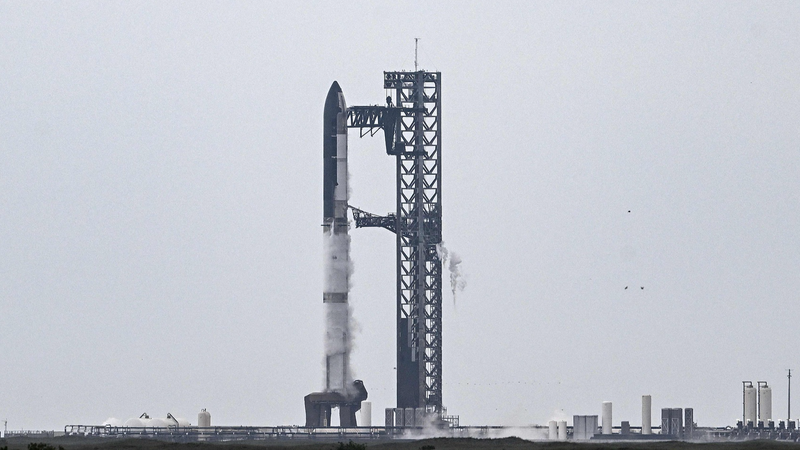Norway has taken a groundbreaking step in the fight against climate change by inaugurating the gateway to the Northern Lights project. This ambitious initiative marks the world's first commercial service dedicated to the transport and storage of carbon dioxide (CO2).
The Northern Lights project aims to capture CO2 emissions from factory smokestacks across Europe and securely inject them into geological reservoirs beneath the seabed of the North Sea. This process is designed to prevent harmful emissions from entering the atmosphere, thereby contributing significantly to the global effort to halt climate change.
Located on the island of Oygarden, the newly inaugurated terminal features 12 state-of-the-art storage tanks that stand tall against the North Sea skyline. A network of pipes channels liquified CO2 from these tanks, where it is then transported by boat through a 110-kilometer pipeline before being injected into the seabed at a depth of approximately 2.6 kilometers for permanent storage.
The project is a collaborative venture between major oil companies Equinor of Norway, Anglo-Dutch Shell, and France's TotalEnergies. Northern Lights is expected to commence its first CO2 deliveries in 2025, with an initial capacity of 1.5 million tonnes of CO2 per year. This capacity is slated to increase to five million tonnes annually in the second phase, contingent on demand.
Managing Director Tim Heijn emphasized the project's role as a demonstration of carbon capture and storage (CCS) technology's feasibility. \"Northern Lights is really a demonstration project that carbon capture and storage is a technically feasible solution,\" Heijn stated, highlighting CCS as a vital tool in combating climate change.
Despite its promise, CCS technology faces challenges, particularly regarding cost and scalability. The International Energy Agency (IEA) notes that the current global capture capacity stands at just over 50 million tonnes, a mere fraction of the one billion tonnes needed annually by 2030 to limit global warming to 1.5 degrees Celsius.
To address these challenges, the Norwegian government has played a pivotal role, financing 80 percent of the Northern Lights project's total cost. This investment is part of a larger 30-billion-kroner ($2.9 billion) initiative named \"Longship,\" which leverages the North Sea's existing infrastructure of depleted oil and gas fields and extensive pipeline networks to facilitate CO2 storage.
While the project has secured its first commercial contracts with companies like Norwegian fertilizer manufacturer Yara and energy group Orsted, it faces skepticism from environmental groups. Greenpeace Norway has criticized Northern Lights as a form of \"greenwashing,\" suggesting that oil companies are using CCS to continue fossil fuel extraction without addressing emissions effectively.
In response, Norway's Energy Minister Terje Aasland defended the project, stating, \"The alternative is to fail to meet the climate challenges, or that industries will have to shut down. This alternative is not at all desirable.\" Aasland emphasized that CCS is a necessary component of a comprehensive strategy to reduce global emissions.
As Northern Lights moves closer to its operational phase, it stands as a testament to the innovative approaches being undertaken to mitigate climate change, showcasing how collaboration between governments and industry leaders can drive forward critical environmental solutions.
Reference(s):
World's first CO2 storage service close to opening in Norway
cgtn.com



